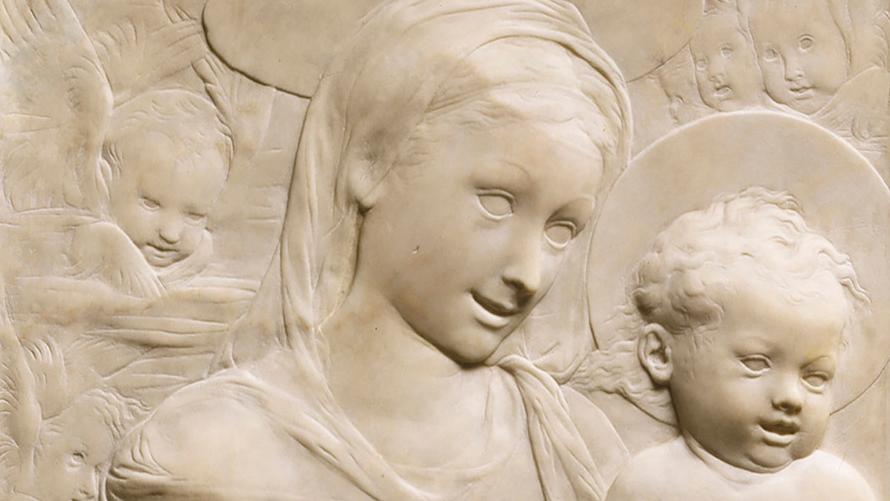Disrupted by the lockdowns, the exhibition "Le corps et l'âme" ("Body and Soul") at the Louvre, which will travel later to Milan, could be an opportunity to revive an interest in 15th and 16th-century Italian sculpture in French collections.
Desiderio da Settignano (c. 1430-1464), Virgin and Child, known as The Foulc Madonna, marble, c. 1455-1460, 59.1 x 42.5 x 6.7 cm/23.3 x 16.7 x 2.6 in, Philadelphia Museum of Art.
Purchased with the W. P. Wilstach Fund from the Edmond Foulc Collection, 1930
The exhibition "Body and Soul. From Donatello to Michelangelo. Italian Sculptures of the Renaissance", staged by the Louvre and the Castello Sforzesco Museum in Milan, is a chance to focus on a singular phenomenon. For France was home to many lovers of Italian medieval and Renaissance art, whose collections were mainly sold in the Parisian art market in the 19 th and 20 th centuries, without museums paying much attention for years. Art lovers became familiar with these works and long-neglected techniques like glazed terracotta thanks to talented dealers like Joseph-Henri Delange and Charles-Armand Signol (both based on Quai Voltaire), and spectacular events like the sale of the collection of Frédéric Spitzer (1815-1890). This lasted two months in his mansion on Rue de Villejust in 1893, and ended with the 1929 sales at the Anderson Galleries in New York.
Some of the most outstanding and original collections in this field were assembled in France. Famous names include the Musée de Cluny's founder, Alexandre…
com.dsi.gazette.Article : 23168
This article is for subscribers only
You still have 85% left to read.
